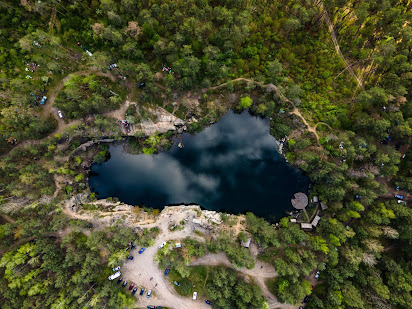We all know how devastating Covid-19 was to humans globally, it held nothing back, showing no discrimination. Whilst the most obvious impact was to humans both health wise and economically, there was another victim, the environment. What though was the impact to the environment? We might not know for some years, some guesses can be made though. No flying for a year meant less CO2 emitted, fewer cars on the roads also contributed to this. People not being in offices lowered the demand for electricity. Fewer people in wild places reduced litter contamination and water pollution eased as not only was there less litter entering waterways, but also fewer chemicals from factories. Some of these balanced out with humans just being somewhere else; for example, humans were not in offices but in homes which also needed heating or power for computers as well as comforts such as hot food and drinks. Paudel (2021) has gone some way to quantify the Covid impact upon the environment focusing on forest fires in Nepal, South Asia.
Forest fires have numerous origins, from natural causes like lightening to anthropogenic causes. The paper uses satellite imaging to study factors such as heat intensity and forest fire incidence occurrence to identify what, if any influences Covid 19 has had upon anthropogenic fire incidence. The study found that the brightness of fires and the number of incidents reduced and actually lead to an economic gain of 360 Rupee's per household (~3 US$) (likely through reduced property/infrastructure damage costs).
They also note the decrease in particulate matter (PM2.5) and NO2 in numerous cities globally. These short-term improvements can be no replacement for cooperation and improved management strategies or any forest nor important climate change work.





No comments:
Post a Comment